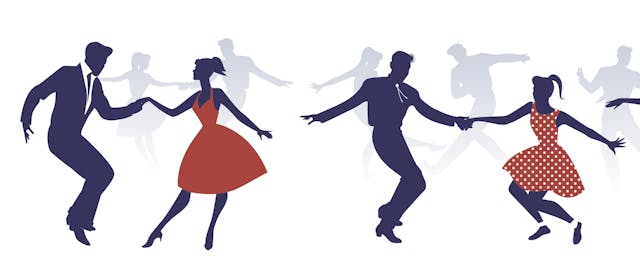When I interviewed for my current teaching position, my school's 1:1 program was a huge selling point. To me it represented the administrators' commitment to bringing public schools into the 21st century, and to providing equal educational opportunities to all.
When I entered the classroom, however, my relationship with the laptops got...complicated. I discovered the machines were at odds with much of what English teachers—myself included—hold dear. Even worse, the novelty of using technology every day seemed to wear off quickly for students. After less than a year in the classroom, I felt like a burnt-out teacher nearing retirement rather than a young woman fresh out of college. In order to get my groove back, I had to go truly blended, giving the laptops a backseat to literature. Here's what I learned.
A case of the blended learning blues
In Florida, ELA testing centers around quick information processing and structured writing. So in order to prepare students, our administrators pushed us to find short articles about current events: editorials to teach argumentation, news to teach explanation. Books got the boot. Instead, students would use informational texts courtesy of their new devices to identify themes and premises, cite evidence and elaborate using their own thoughts and ideas. And best of all for teachers, the entire world of news and media would be at our fingertips!
Unfortunately, this strategy led to six months of laborious, feet-dragging struggle. While even my most reluctant students saw gains in their writing and reading skills, the level of motivation in my classroom was at a flatline zero. No matter how difficult or controversial I thought the articles would be, my students were simply not interested after the first few. “Another article?” they would ask. They stared listlessly at screen, disengaged with the technology meant to help inspire them.
My enthusiasm was waning as well. I hated coming to work and was losing my belief that I was doing something worthwhile. Worse, my colleagues seemed to accept this with a practiced conformity. They weren’t enjoying themselves either but had accepted that they weren’t agents of change or inspiration, only a means for increasing performance data.
Back to basics
After months of feeling despondent, I decided to teach Henrik Ibsen’s “A Doll’s House.” This would be the first full-length piece of literature my 10th graders read in high school and needless to say, I was more than a little nervous about bucking the administrative requirements and introducing my kids to a 126 page play.
The first day was full of raised eyebrows and confused stares. However, by the end of the first week, an amazing thing happened. Opinions were flying across the room and students were arguing about the structure of relationships, gender norms, and socioeconomic status—all things that had been included in my articles, but had failed to get their attention. The girls promised that if anyone ever treated them the way Torvald treated Norah, they would drop him in an instant and make sure he was forever alone. This, of course, elicited a passionate response from the young gentlemen in the room who insisted Norah was a “gold-digger” and deserved to be treated like a child. This argument eventually became a conversation about both historical and modern gender norms.
What was it about this piece of classic literature—written by an old, dead, white guy—that had my very diverse group of students suddenly interested and invested? While some of my colleagues were quick to answer this question— “Oh, of course they love it because you love it!”—I found that answer unconvincing. Choosing articles that mattered to me hadn’t worked, but this piece of literature had. Was it simply the novelty?
As an experiment, I decided to try some pretty hardcore Lit-nerd poetry: Tennyson’s “Lady of Shalott.” The poem is borderline archaic, but it garnered a similar response from my students and led to continued engagement, particularly from my lowest students. I was shocked. Why was it that my students were connecting with a 200-year-old poem and a 150-year-old play, but not the articles and technology deemed so much more relevant to their lives?
Truly blended—balancing the old and the new
The amazing thing about storytelling is it provides something no other medium can—the opportunity to experience the truth of another person’s existence. By reading a story, we are able to experience someone else’s life: their struggles, joys, victories, and defeats. We are able to imagine what our lives would be like if we were the characters we read about. And because of that, literature also teaches us one of the most fundamental, necessary human values—empathy.
Thus literature matters now for the same reason that it mattered to me in high school, or that it mattered to Ibsen, or Homer for that matter. It offers us the opportunity to learn in ways not even an informational text can. Literature teaches us the truth of what it means to be an individual and how we, as individuals, fit into the collective whole of mankind and history.
In the 21st century, we can’t ignore technology altogether, just as we can’t ignore the current events taking place around us. When it comes to blended learning, relying on informational texts is not enough, because personalized learning must be about more than creating some sort of formulaic path to success that will theoretically match students’ needs. Education is about teaching students to be individuals in the mechanized culture of our modern world, and literature continues to be an important part of that work.


